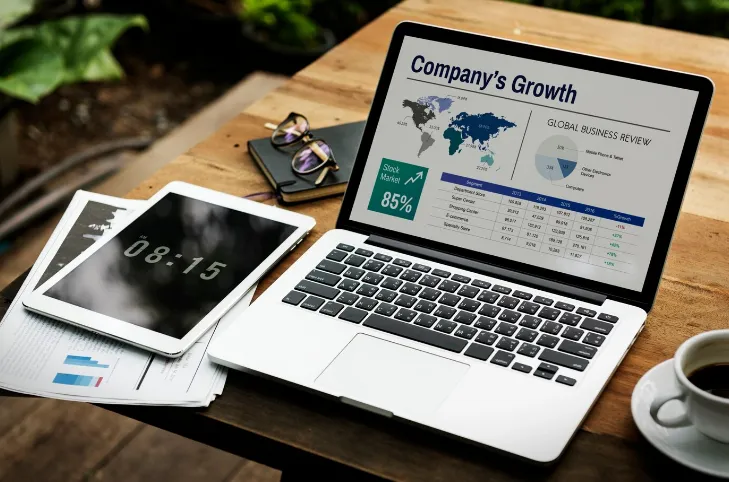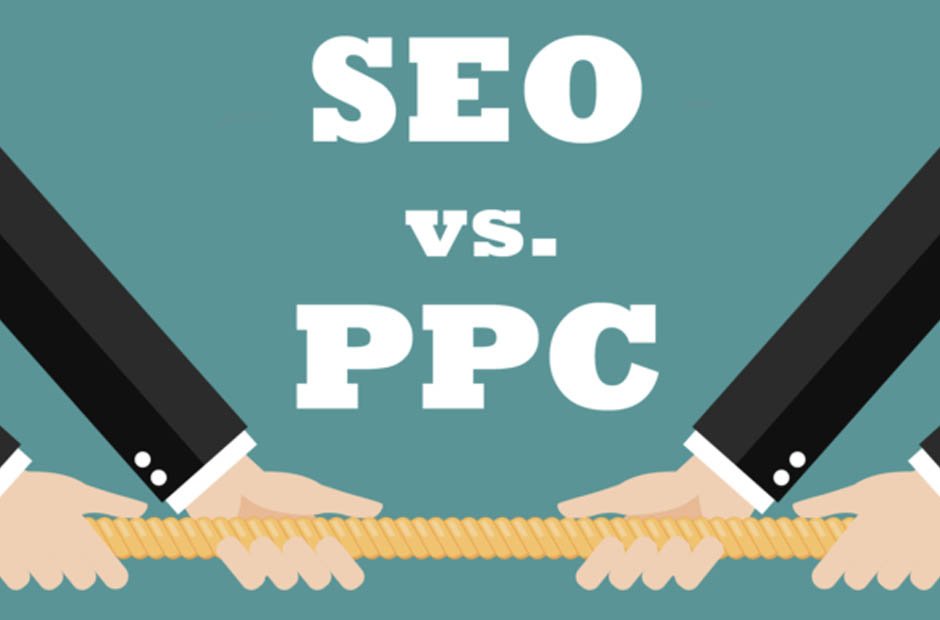PRIVATE LABEL SHIFU BLOGS
Ready to dive into more exciting content? Explore our latest blogs now!

Amazon PPC vs. Amazon SEO: Which Strategy Delivers Better Results?
“Your limitation—it’s only your imagination.” – Unknown
In the realm of Amazon marketing, two key strategies often come to mind: Amazon PPC and Amazon SEO. While both aim to boost your product’s visibility, they take different approaches and offer distinct benefits.
Amazon SEO is a free, long-term strategy focused on optimizing product listings to improve organic search rankings. In contrast, Amazon PPC is a paid advertising method that targets specific audiences to drive immediate sales.
Grasping the distinctions between Amazon PPC and SEO is essential for sellers aiming to thrive in the competitive Amazon marketplace. Although both approaches work toward increasing visibility, sales, and rankings, they serve different purposes. Amazon SEO emphasizes building organic traffic, while Amazon PPC provides rapid, targeted exposure.
Relying solely on one of these strategies isn’t ideal. In this guide, we’ll explore how Amazon PPC and SEO function, highlight their differences, and suggest how to combine them for optimal results.
Amazon PPC vs Amazon SEO: What’s the Difference?
Let’s break down the key distinctions between Amazon PPC and Amazon SEO:
Amazon SEO

Amazon SEO involves improving a product's organic ranking on Amazon’s search engine results pages (SERPs) through strategic optimization. Although often referred to as a strategy, Amazon SEO really focuses on the best practices that enhance a listing’s visibility in organic search results, including optimizing the title, description, images, and more.
To effectively optimize an Amazon listing, sellers should take a dual approach:
Front-End Optimization

This includes improving product titles, high-quality images, bullet points, descriptions, and A+ content. Just like with Google SEO, it’s important to naturally incorporate high-traffic keywords into these areas. However, relevance is key—don’t include keywords unrelated to your product, even if they have higher search volume. For instance, adding "sports shoes" to a leather shoe listing would be a poor strategy simply because it’s a popular search term.
Back-End Optimization
Many sellers mistakenly believe that front-end optimization is the only part of Amazon SEO, but back-end optimization plays an important role. Amazon’s Seller Central allows sellers to add relevant keywords on the backend, which can describe features, attributes, and other aspects of the product. These backend keywords are indexed by Amazon’s algorithm and help boost the product’s discoverability.
By focusing on both front- and back-end optimization, sellers can significantly improve their product's organic ranking on Amazon.
Pros and Cons of Amazon SEO
One of the main benefits of Amazon SEO is that it's a cost-free method, providing a lasting effect on your product's visibility in search results. Once your product is optimized and ranks organically, it continues to appear in search results without requiring ongoing payment, unlike Amazon PPC, where ads disappear as soon as your budget is spent.

However, a downside of Amazon SEO is that it can take a considerable amount of time for your product to climb the rankings and consistently generate sales. It’s not an overnight solution.
In the long run, though, Amazon SEO is equally—if not more—important than relying solely on Amazon PPC. Continuously increasing your ad spend without focusing on organic visibility is not a sustainable strategy for long-term success.
Amazon PPC
Amazon PPC is Amazon’s native advertising platform, designed to help sellers promote their products to a targeted audience with the goal of driving immediate sales.

There are three main types of Amazon PPC campaigns: Sponsored Products Ads, Sponsored Brands Ads, and Sponsored Display Ads. Each type has its own strengths and uses, depending on your marketing goals and target audience.
Running a successful Amazon PPC campaign requires knowledge and strategy, as it’s more complex than it may initially seem. If you're new to this, you can check out our detailed guide on Amazon PPC Basics to help you get started.
Pros and Cons of Amazon PPC
Amazon PPC offers several benefits, including boosting product visibility, generating quick sales, and allowing sellers to reach a large, highly-targeted audience. By allocating budget to ads, sellers can drive more sales and expand their presence in the Amazon marketplace.
The cost structure of Amazon PPC is based on a pay-per-click (PPC) model, meaning sellers only pay when a shopper actually clicks on their ad.
However, there are drawbacks. Once you stop investing money, the ads stop running, which can lead to a sudden decline in sales momentum, often requiring time to recover. Additionally, running PPC ads on Amazon can be costly due to rising competition. The cost-per-click (CPC) varies significantly, typically ranging from $0.05 to $10, depending on factors like keyword competitiveness and bidding strategies used by competitors.
Amazon SEO vs. PPC: Why You Need Both
Both Amazon SEO and PPC aim to boost visibility, sales, and a product’s best-seller rank, but they each offer distinct approaches and advantages.
Amazon SEO is a free, long-term strategy focused on improving organic search rankings, while Amazon PPC is a paid solution designed to deliver quick, targeted results.
Relying exclusively on either strategy isn't ideal. To maximize success, sellers should combine both approaches. Here’s why:
How Amazon SEO Enhances Amazon PPC
Optimizing your product listing with relevant, high-volume keywords through SEO improves the performance of your Amazon PPC campaigns, especially automatic ones. Amazon’s algorithm uses these keywords to target ads in automatic campaigns. If your listings are well-optimized, your ads will be shown to the right audience. Conversely, poorly optimized listings may lead to ads being shown to irrelevant audiences, wasting your advertising budget and limiting business growth.

How Amazon PPC Influences Amazon SEO
While Amazon SEO is crucial for automatic PPC campaigns, running PPC ads can also boost your organic ranking. Though Amazon keeps its algorithm details under wraps, we know factors like sales, reviews, and ratings contribute to better organic rankings.
PPC ads help increase sales, which leads to more customer feedback and ratings, triggering a snowball effect. Importantly, Amazon doesn't differentiate between sales from paid or organic traffic; as long as customers are satisfied, your product’s ranking will improve.
This tactic is especially useful when launching a new product, as it helps build momentum early on. Combining SEO and PPC strategies offers the best results, allowing you to maximize visibility and sales.
Do Amazon PPC & SEO Compete with Each Other?
In rare cases, Amazon PPC and SEO can compete. This typically happens when your product already ranks at the top of Amazon's search results for a specific keyword. Running a PPC ad in this scenario might result in your ad cannibalizing sales from your organic listing.

However, it's still recommended to continue running the ad. If you stop, your competitors could take that top ad spot and potentially steal sales from you. Additionally, having both the ad and organic listing on the same page helps push down competitors, making it harder for shoppers to find their products.
Final Thoughts
When it comes to Amazon PPC and SEO, there’s no "one-size-fits-all" solution. Both strategies are critical to maximizing your product’s visibility and driving sales. They complement each other perfectly.
For example, using Amazon SEO to optimize your product listings ensures that your PPC ads target the most relevant audience, improving their effectiveness. At the same time, PPC ads generate immediate sales, boosting your product’s visibility and organic ranking in Amazon’s search results.
Mastering these strategies can be challenging and time-consuming. That’s where AMZ Shifu comes in. We specialize in helping Amazon sellers like you streamline their SEO and PPC efforts for optimal results. Whether it’s refining your listings or creating a tailored advertising strategy, we’re here to help.
Book a Call with us today!
Ready to take your Amazon business to the next level? Book a call with us today and let’s discuss how we can support your success!
GET THE LATEST NEWS
AND MEET AND SEE REAL CONVERSATIONS FROM OUR SUCCESSFUL MENTEES
⭐⭐⭐⭐⭐
Books Recommendation for Amazon Private Label
IF YOU ARE SERIOUS ABOUT TURNING YOUR LIFE INTO A NEW CHAPTER CLICK THE BUTTON BELOW TO APPLY FOR OUR DISCOVERY CALL
NO COMMITMENT REQUIRED IF YOU ARE NOT A GOOD FIT
DISCLAIMER: The sales figures stated anywhere on this funnel are individual sales figures and marketing results. Please understand that sales figures are not typical, and we are not implying that you will duplicate them. We have the benefit of doing online marketing for 4+ years, and have an established following as a result. The average person who simply purchases any “how-to” program may not follow through on what they are being taught and because of that we cannot guarantee any specific result. We are using these references for example purposes only. Sales figures will vary and depend on many factors including but not limited to background, experience, and work ethic. All business entails risk as well as massive and consistent effort and action. If you’re not willing to accept that, this is not for you.
>ABOUT THE STRATEGY SESSION: After completing an application, you will get the opportunity to schedule in a Strategy Session with a qualified person from our team. This is completely optional. The Session lasts about 45 minutes and if you do not want to work more closely with us, you can leave without buying anything. The Strategy Session to provide insights insights on the operations of your business and offer strategies for growth that you will be able to implement right away.
NOT FACEBOOK™: This site is not a part of the Facebook™ website or Facebook Inc. Additionally, This site is NOT endorsed by Facebook™ in any way. FACEBOOK™ is a trademark of FACEBOOK™, Inc. Hi! We use cookies, including third-party cookies, on this website to help operate our site and for analytics and advertising purposes. For more on how we use cookies and your cookie choices, go
here for our cookie policy!
@2024 AMZSHIFU.COM All Rights Reserved










